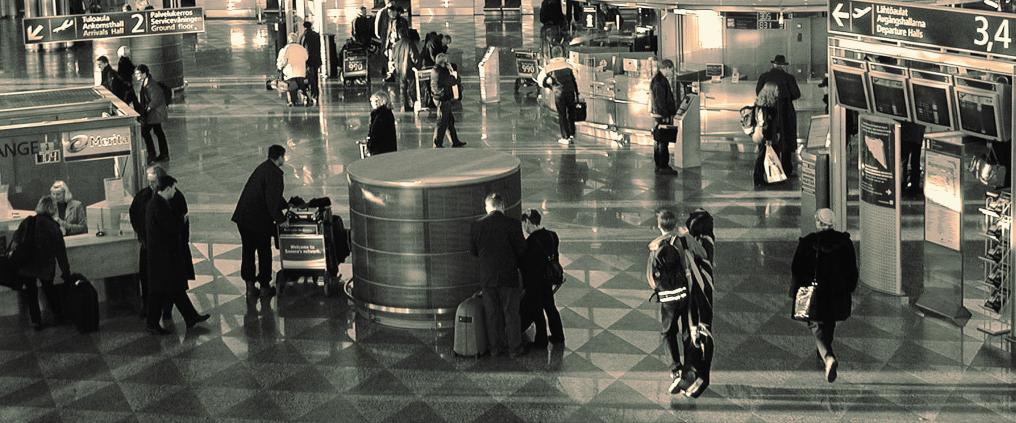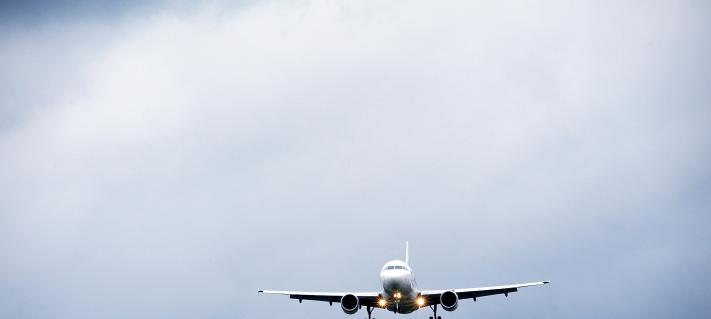Finavia is publishing a 10-part series on the history of Finnish aviation from the 1910s till today. This instalment delves into aviation in the 1990s.
The 1990s were a time of large shifts in global power politics, which also influenced Finnish air travel. The unification of East and West Germany in 1990 and especially the fall of the Soviet Union in 1991 affected the Finnish economy which sank into a deep depression.
“Finnish air travel, which had grown steadily since the Second World War, went into a notable decline,” says Valeri Saltikoff, Exhibition Manager at the Finnish Aviation Museum.
“For instance, Finnair’s passenger numbers fell from six million at the start of the decade to under five million. At the same time, the number of Finns going on package holidays fell by half from a million to 500,000.”
At Helsinki Airport, passenger numbers continued to drop until 1994, after which they started to increase again.
“At the end of the 1990s, trust in the growth of air travel was once again strong. Helsinki Airport was expanded and the construction of a third runway was started,” Saltikoff says.
Competition from budget airlines and new alliances
The 1990s were also a time of deregulation in the European aviation markets. New competition entered the markets, and traditional airlines had to adjust.
“Ryanair, the first cheap airline in Europe, started in the late 1980s, followed by, among others, Easyjet in the 1990s. The first budget airline to enter the Finnish market was Buzz, which started a connection between London and Helsinki in the year 2000,” Saltikoff shares.
Competition from budget airlines meant that ticket prices fell significantlysmaller ”feeder airlines” that took over routes from smaller airports to larger hubs.
Large airlines also banded together and formed alliances to stay afloat in the toughening competition.
“For instance, Finnair and British Airways formed the One World alliance in 1998, and SAS banded together with Lufthansa and United Airlines to form the Star Alliance,” Saltikoff says.
Finland joins the EU and the Schengen area
In the 1990s, Finland also continued a deeper integration with the rest of Europe, joining the European Union in 1995. The next year, Finland joined the Schengen area, which abolishes passport and border control at mutual borders between member states.
“In actuality, border control free travel became a reality in 2001,” Saltikoff points out.
The 1990s also saw some changes to Finns’ favourite travel destinations: New Middle Eastern and North African destinations, such Israel, Egypt and Tunisia, grew more popular among Finnish travellers, and New faraway destinations like Australia, China, Cuba and Guatemala were also on the rise. Travelling to South-East Asia started to become mainstream.
“This continued in the 2000s, when Thailand became almost like a second Canary Islands to the Finns,” Saltikoff says.
The next instalment will focus on the 2000s, when the travel market went online.
Read the previous instalments in the series: 1910, 1920, 1930, 1940, 1950, 1960, 1970 and 1980s



